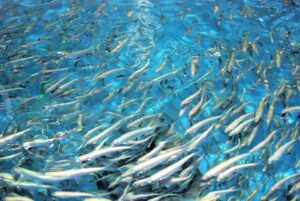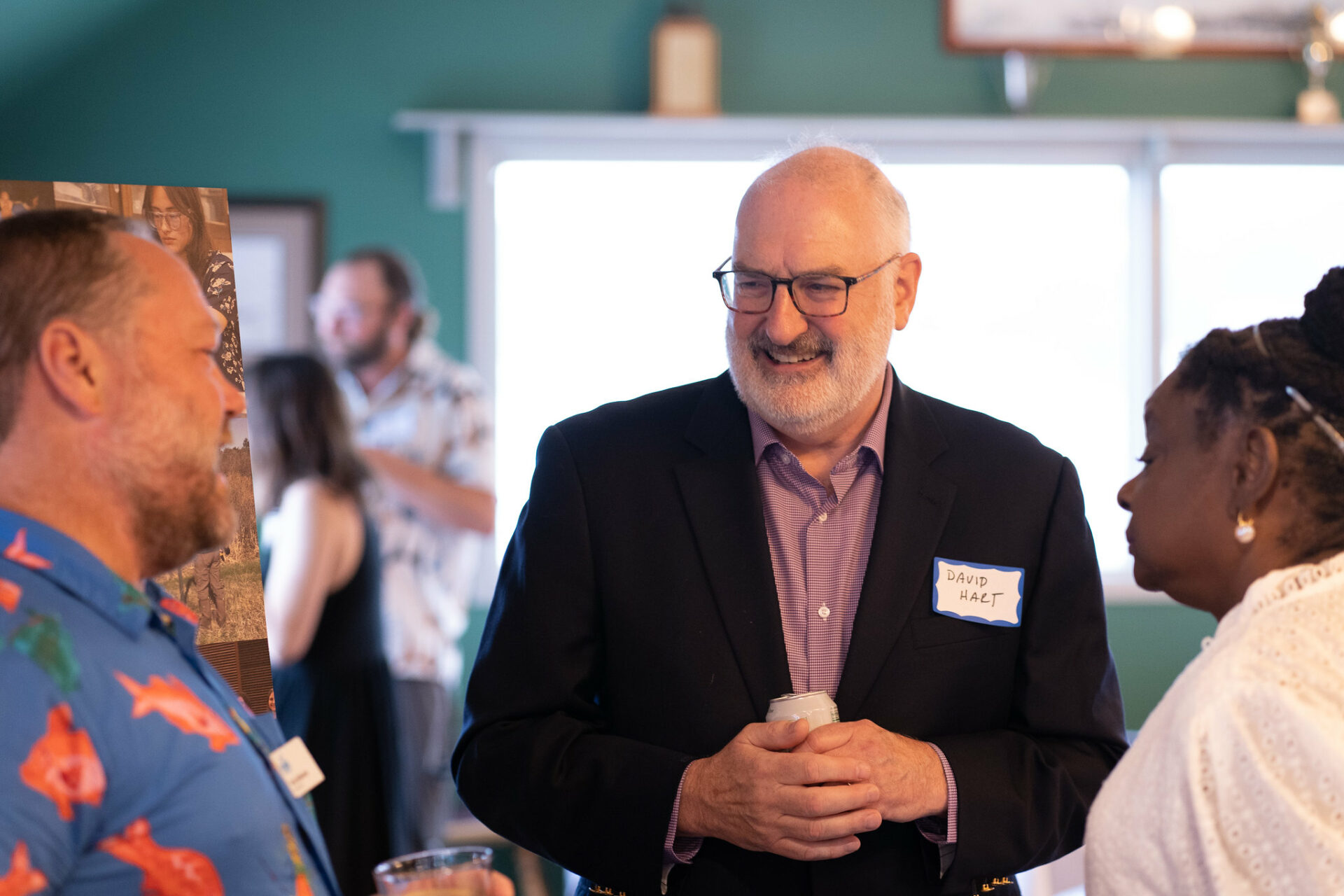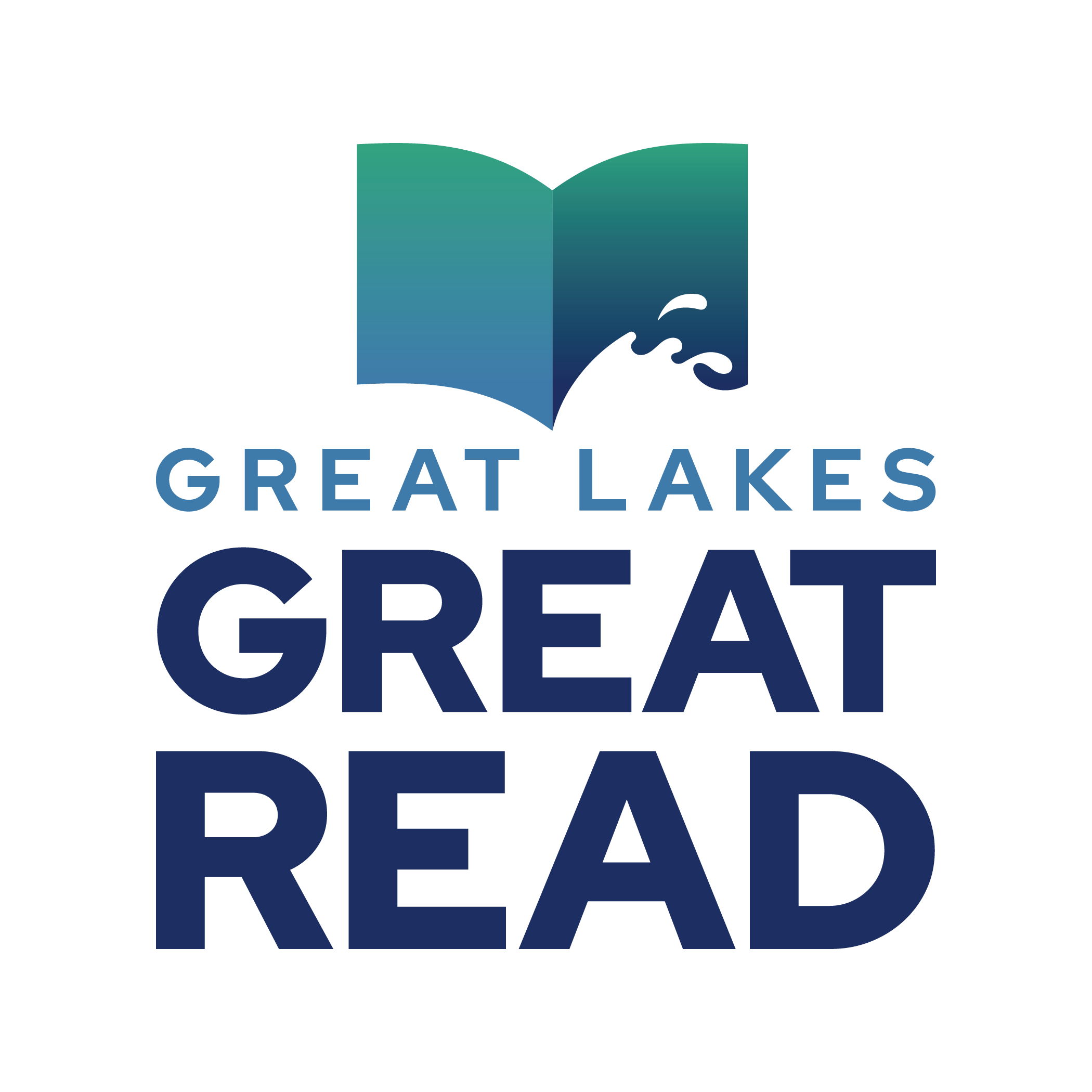If you visited the Great Lakes section of the Shedd Aquarium in Chicago in the past, perhaps you saw them: a school of herring swimming around and around like a silver tornado. Besides providing a mesmerizing sight, these small, torpedo-shaped fish are vital to the Great Lakes food chain. Their populations are in trouble in the lower Great Lakes, and efforts have been in the works for years to figure out the best way to bring them back.

Lake herring. Image credit: Northern Aquaculture Demonstration Facility
Lake herring (Coregonus artedi), more officially known as cisco, was designated by the Great Lakes Fishery Commission as a “species of interest” and the commission has advocated for rehabilitation programs for cisco in lakes Ontario and Erie. The fish are also in trouble in lakes Michigan and Huron.
A big barrier to restocking herring in these lakes is that few facilities know how to raise them. Enter the University of Wisconsin-Stevens Point Northern Aquaculture Demonstration Facility (UWSP NADF) in Red Cliff, Wis. They’ve just released an “Intensive Culture Manual” about lake herring. The manual is the culmination of three years of research into how to raise the fish, plus experience that the staff had with herring from previous projects.
“Federal, state and tribal fish hatcheries will benefit most from this manual,” said Greg Fischer, UWSP NADF operations manager. “The U.S. Fish and Wildlife Service is building a fish hatchery in Michigan for rearing ciscoes, and the designers took our information hot off the presses and used it. The manual isn’t an end-all, but it’s a start and gets them pointed in the right direction.”
Fischer said that raising herring is tricky, but not difficult. For instance, there are certain times during their life stage that the fish don’t like to be moved. They also don’t like to be kept in high densities in their tanks. “Although we had experience with herring in the past, it was a bit of a learning process for us as well, but we found what worked,” Fischer said.
The fish were raised from eggs harvested from wild Lake Superior ciscoes. The eggs were disinfected before being brought into the UWSP NADF and treated for fungus during the incubation process. After hatching, the fry were raised in small fiberglass tanks with flow-through water, eventually moving into larger round aquaculture recirculation tanks and systems.
The NADF crew raised the fish indoors to lessen the chances for diseases or other organisms being introduced into the tanks versus an outdoor system. With the indoor system, they were also able to control the water temperature to maximize growth rates. “We raised them up to a fairly large size, and they even began producing eggs, which nobody’s heard of before,” Fischer said.
The manual was authored by Fischer; Kendall Holmes, UWSP NADF foreman; and by Emma Wiermaa, UWSP NADF and Wisconsin Sea Grant aquaculture outreach specialist, who also organized the information and designed the manual. “We took a lot of time to look at the data we complied over the years and to put it into something that people could use,” she said. “It’s a hands-on booklet for a technician or a hatchery manager.”
The project was funded by the U.S. Fish and Wildlife (USFWS) through the Great Lakes Fish and Wildlife Restoration Act. Support also came from the USGS-Upper Midwest Environmental Sciences Center, the USFWS La Crosse Fish Health Lab, the Little Traverse Bay Band of Odawa Indians, and Bay Fisheries.





